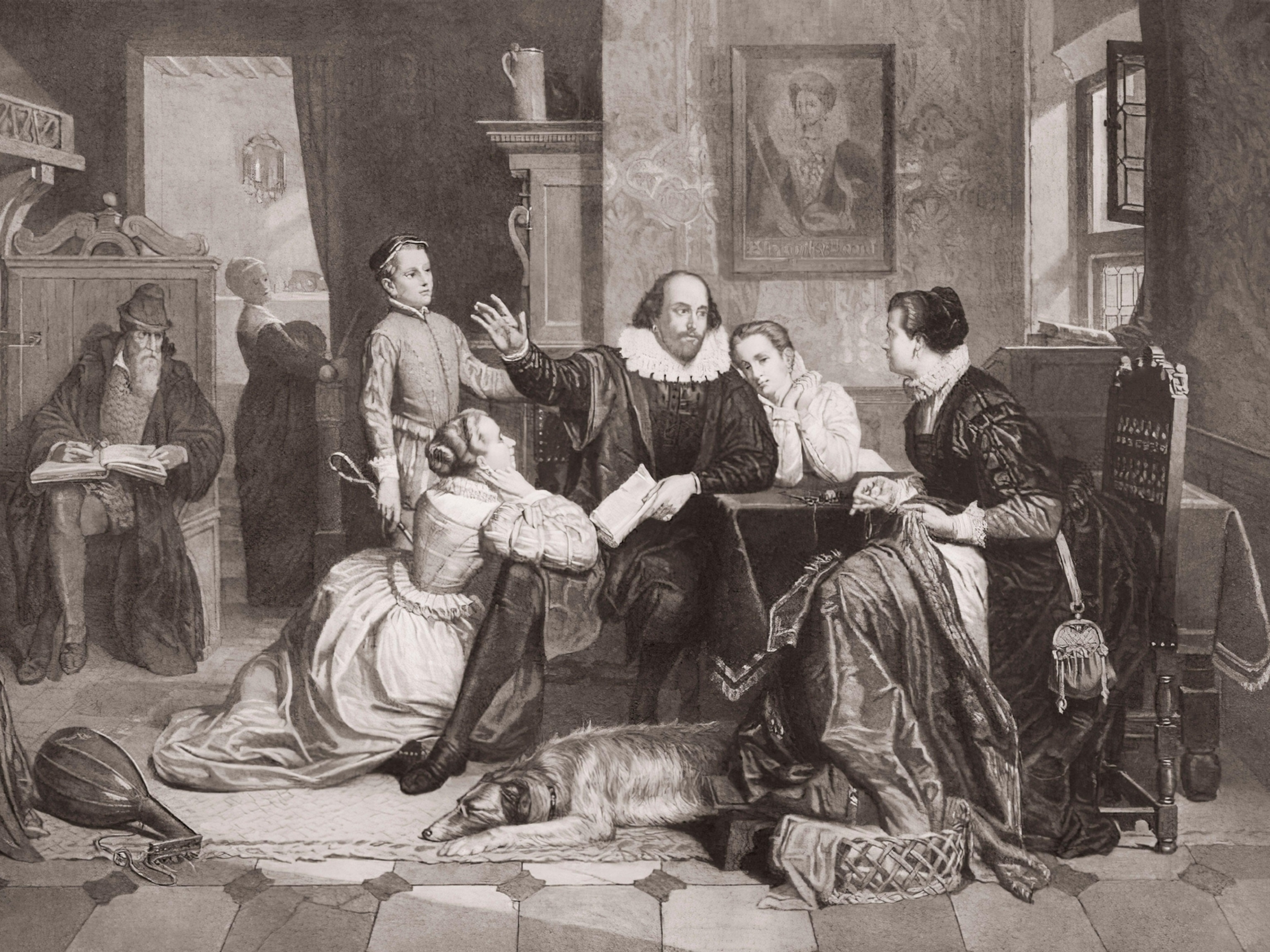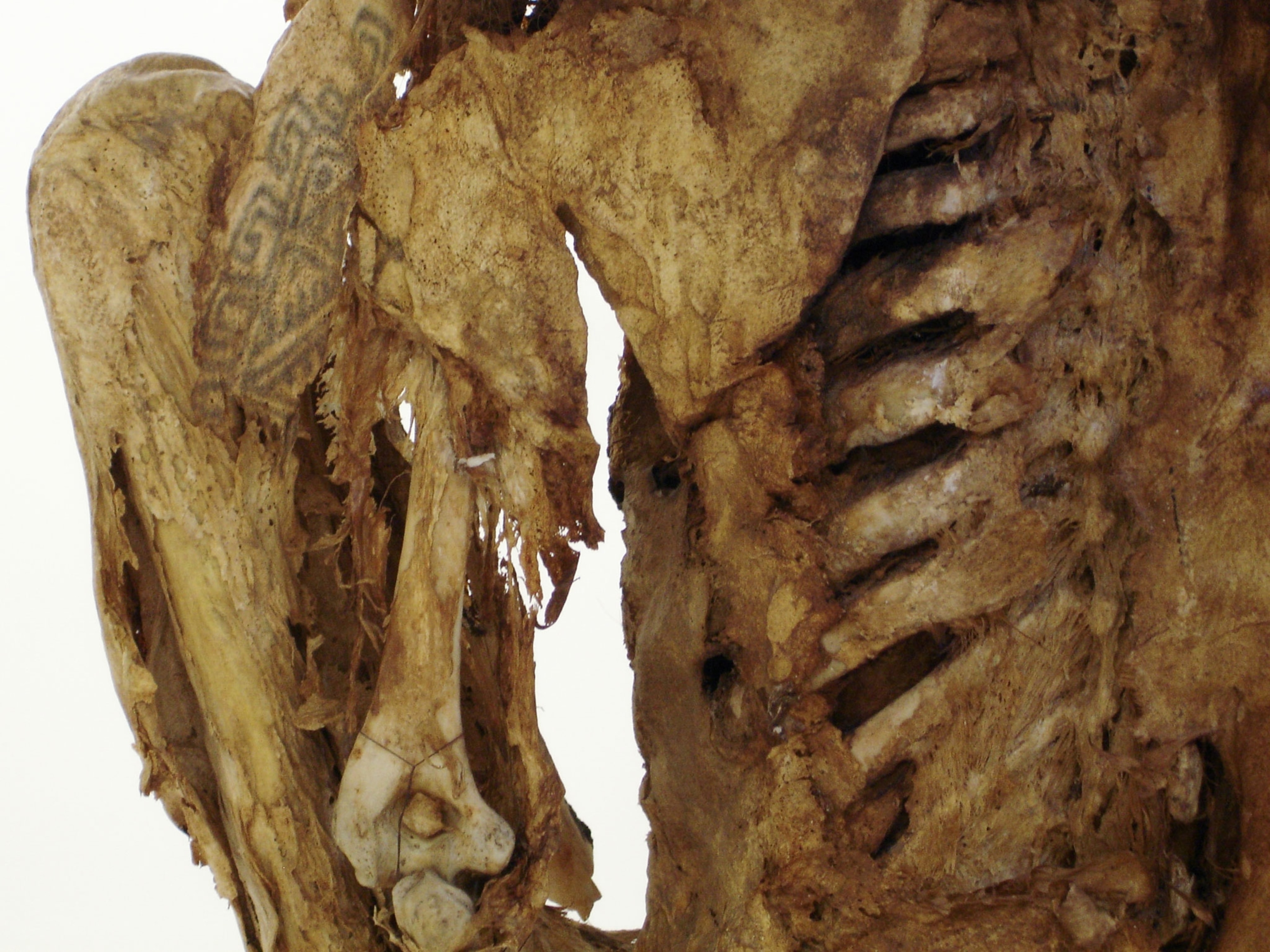Life-Size Dolls Have Taken Over This Near-Deserted Town
With a population of less than 40 living people, the village of Nagoro has become a unique tourist attraction.
Japanese artist Tsukimi Ayano knows the best way to make friends: by creating them herself.
It all started when Ayano, 67, moved back to the tiny, rural village of Nagoro on the island of Shikoku, where she was born and raised. Prior to that, she had been living in Osaka, Japan’s third-largest city, for the entirety of her adult life. (Travel to Osaka with National Geographic Expeditions.)
Since Ayano’s return to Nagoro she has made a unique contribution to the rapidly declining population there. She noticed that the village, which was once home to over 300 people, had dwindled down to a mere 35. After the passing of her father, Ayano decided to create a scarecrow in his vision, one that looks so much like him that it prompted her neighbors to begin initiating conversations with it.
Nearly fifteen years later, Nagoro is inhabited by ten times more of Ayano’s life-like dolls than actual people, many of them representing a person who has recently died or moved away from the village. In a short documentary about the artist by filmmaker Fritz Schumann, titled The Valley of Dolls, Ayano says of her creations, “When I make dolls of dead people I think about them when they were alive and healthy. The dolls are like my children.”
The declining and aging population of the village is indicative of a nationwide issue in Japan. According to Business Insider, the number of births there fell 2.9 percent from the previous year, and is now down to less than one million. This is the lowest number of births Japan has seen since comparable data became available in 1974.
More young people are also making the choice to move into big cities like Tokyo and Osaka, where most of Japan’s job markets and universities are. Nagoro now has virtually no children. It is considered a “village on the edge,” or “village on the edge of extinction,” according to NPR.
Abandoned school classrooms have become a rotating gallery of Ayano’s dolls, fashioned after various students, teachers, and a principal. Ayano ponders if a time will come when she has outlived all the people of her village.
At that point it would just be her, the dolls, and the tourists who travel far and wide to see her creations, which now number over 350. Ayano works on her "children" tirelessly, fixing rips and tears in the older dolls and building new residents for the village. You might see them waiting for a bus, or doing work in a field.





